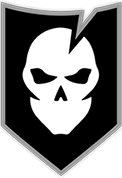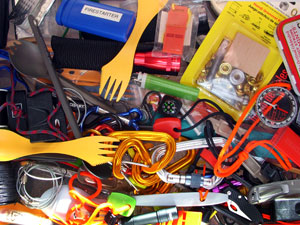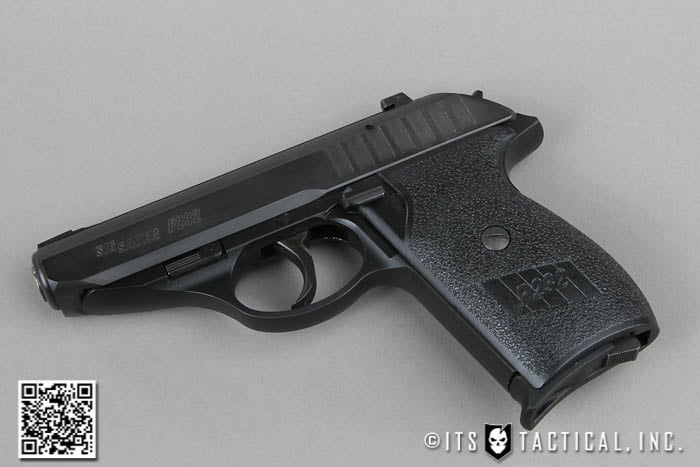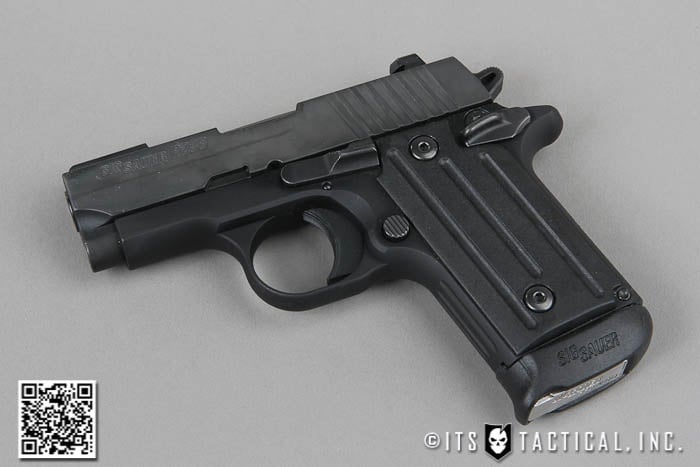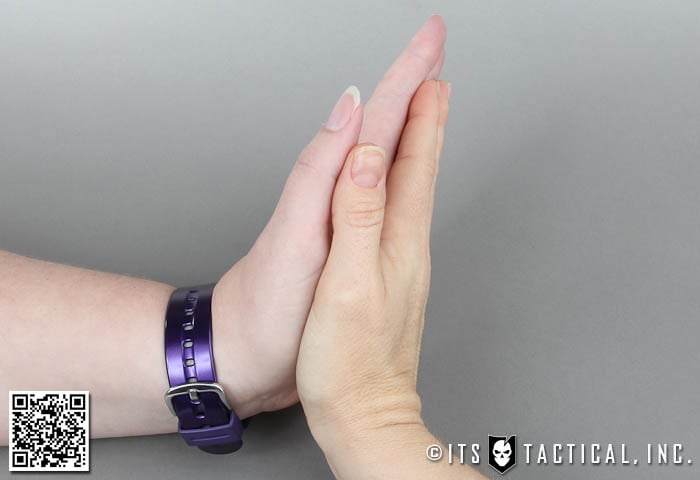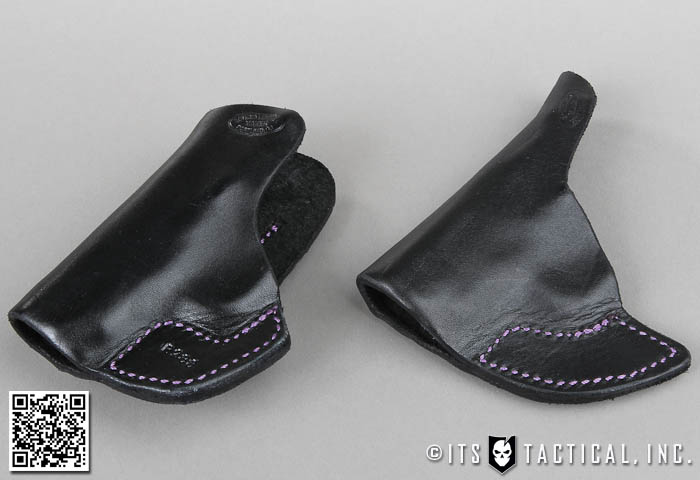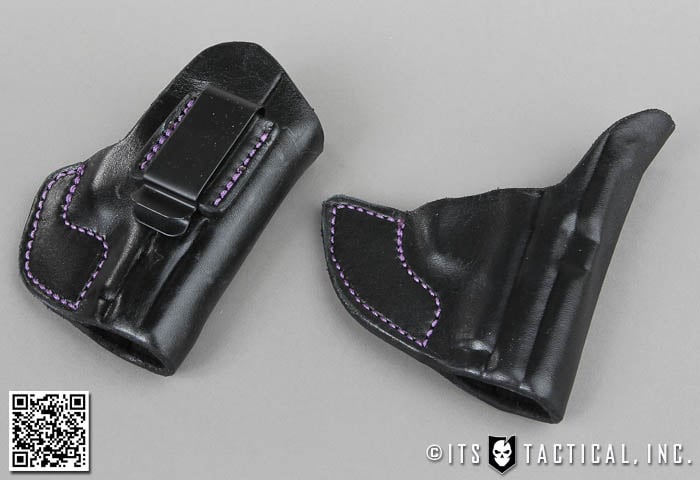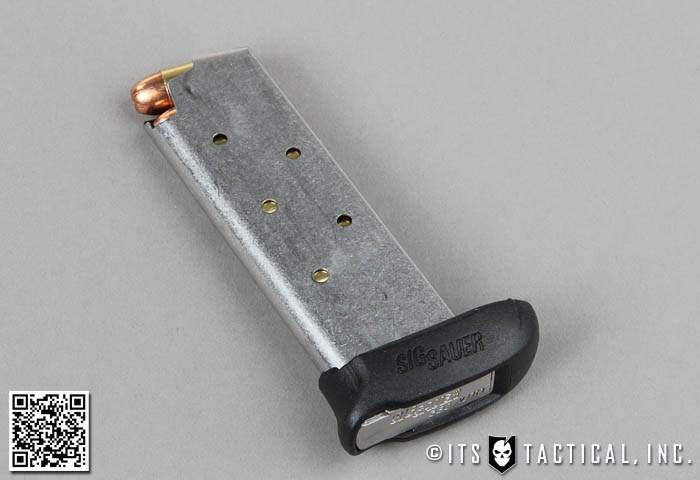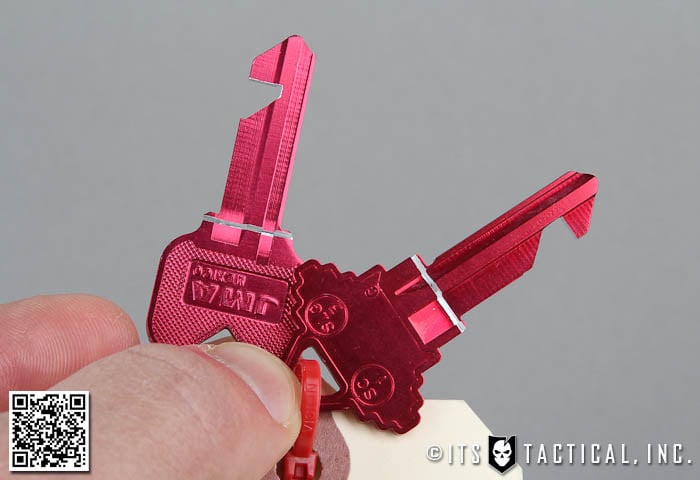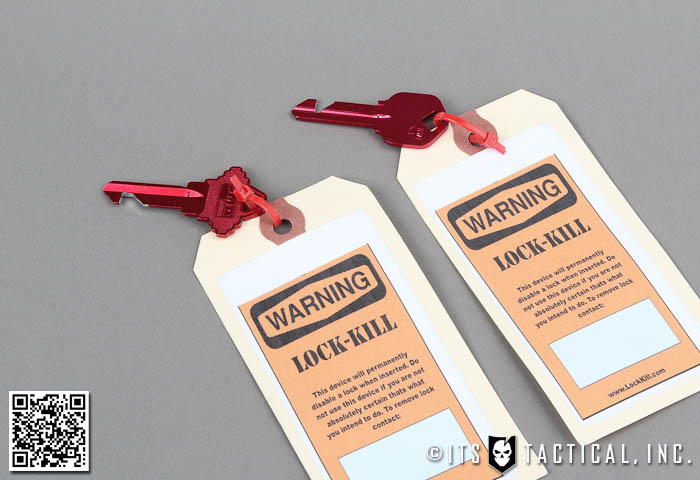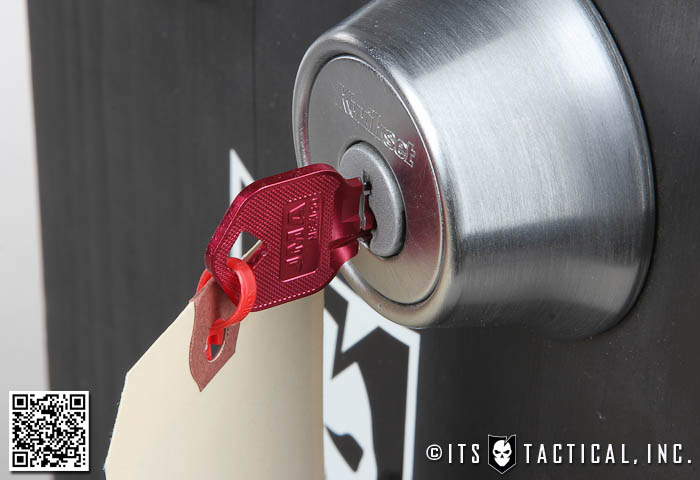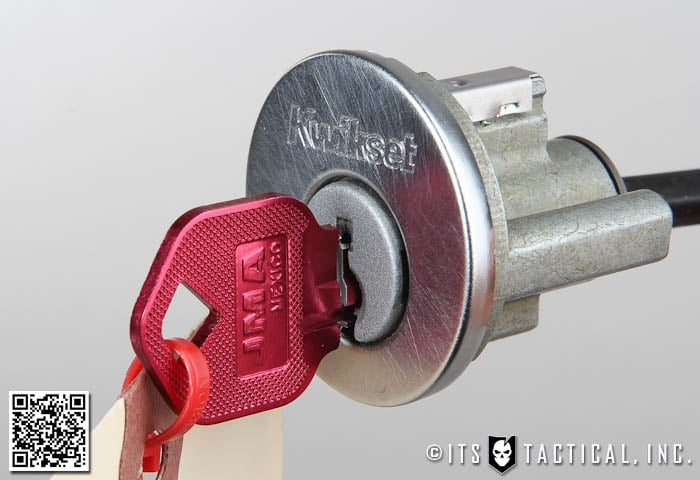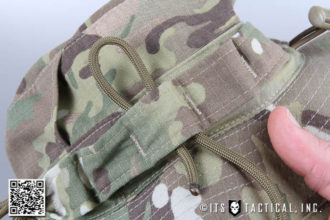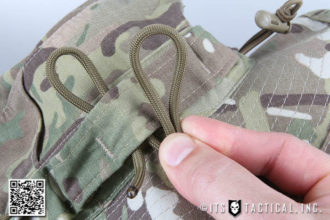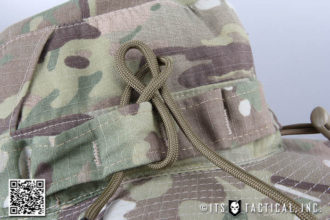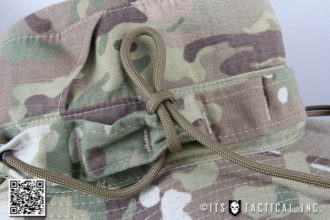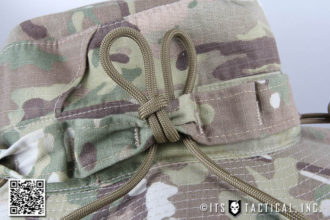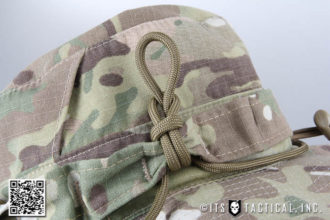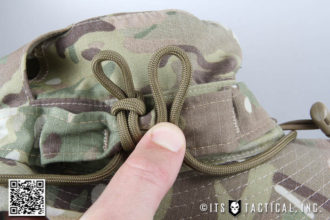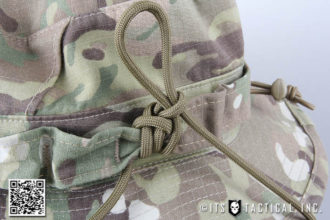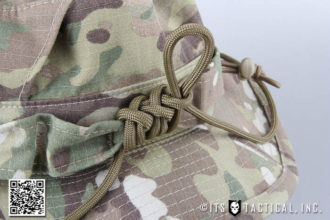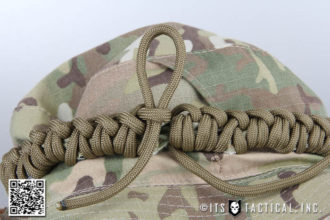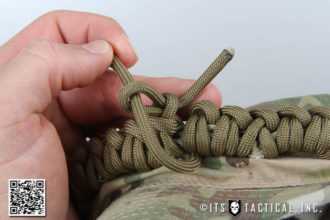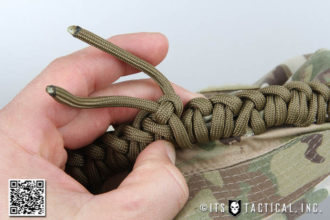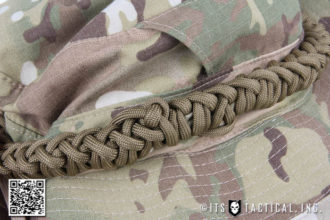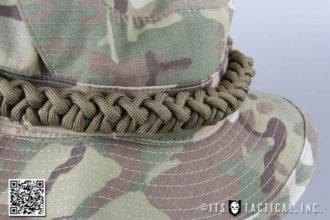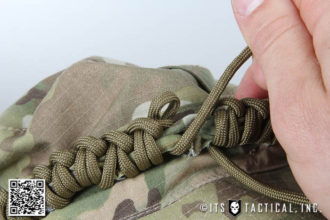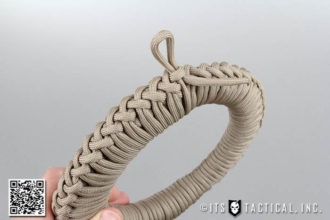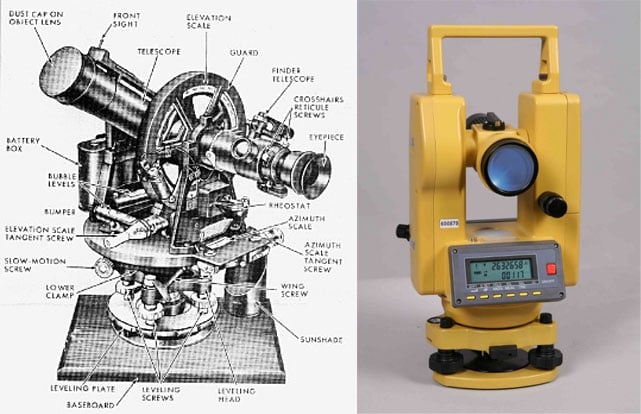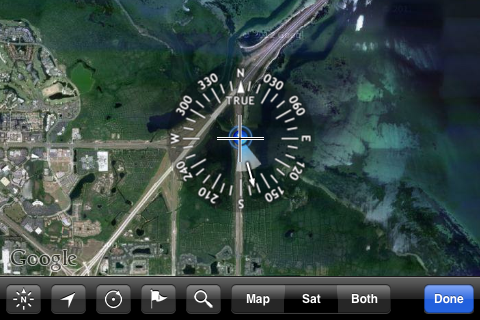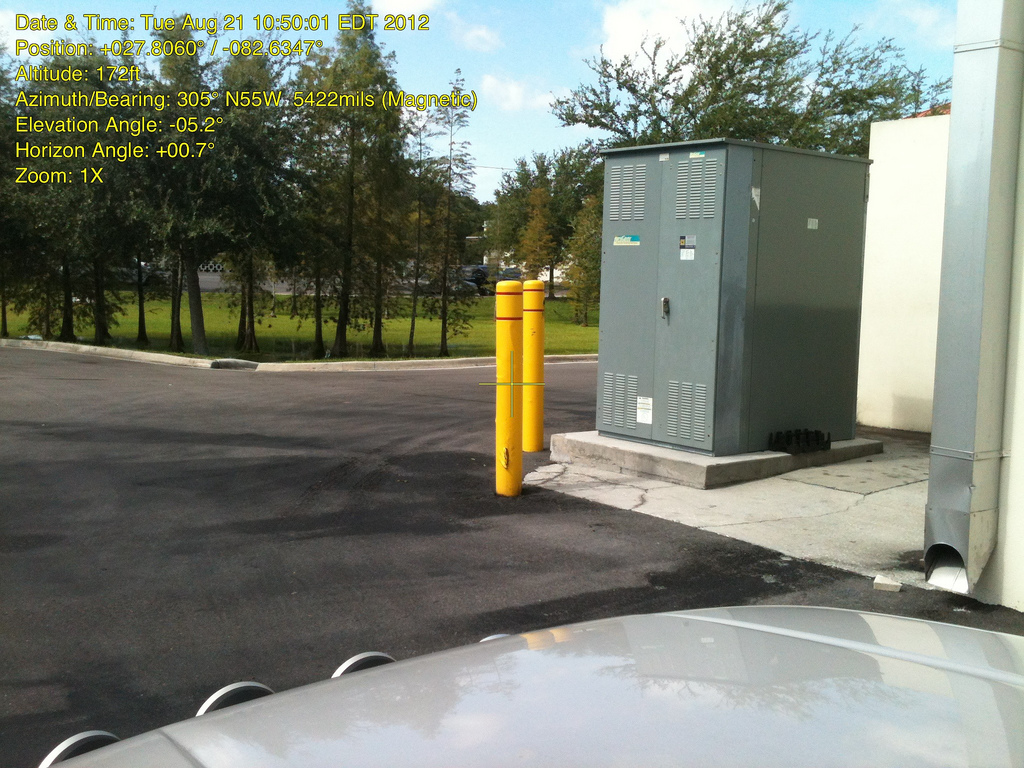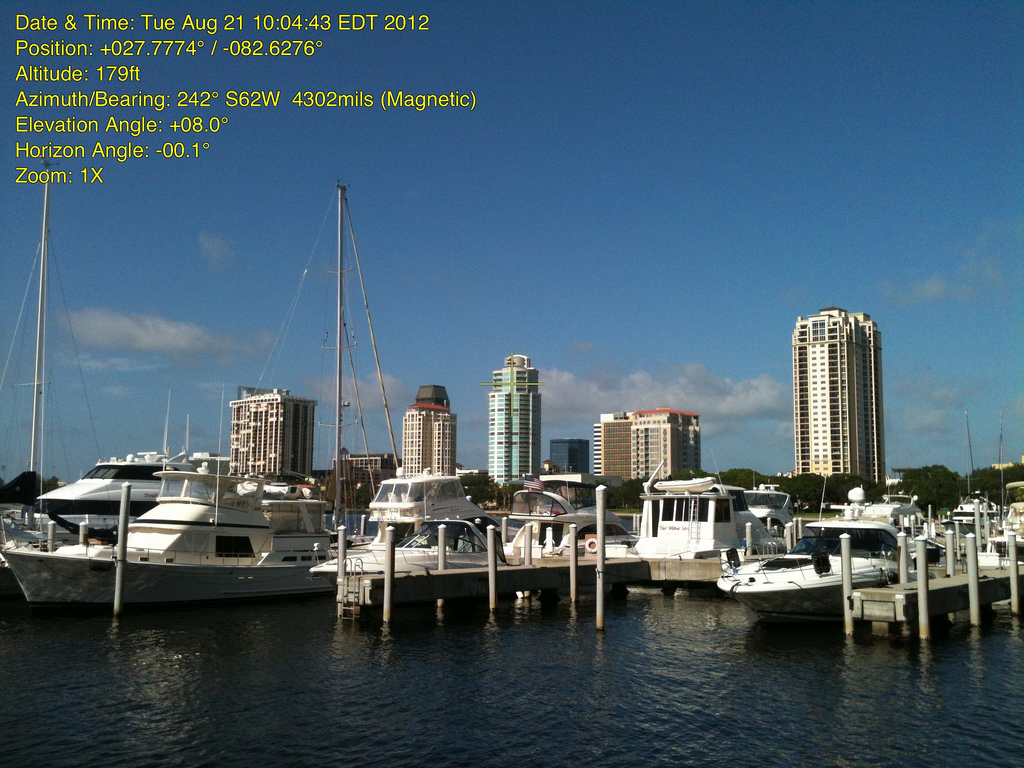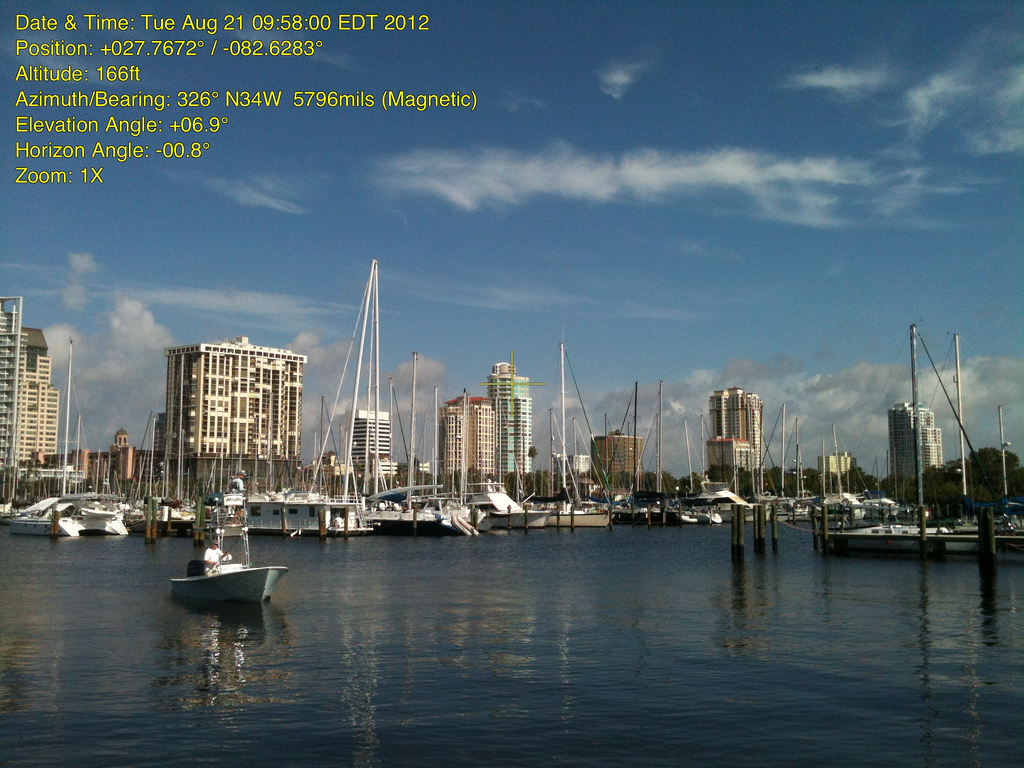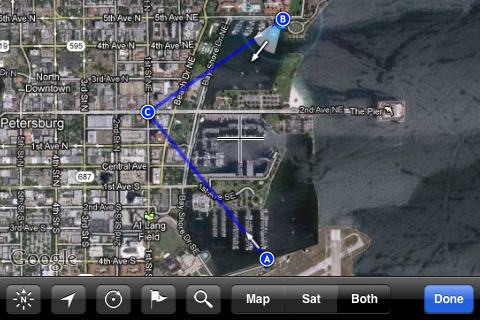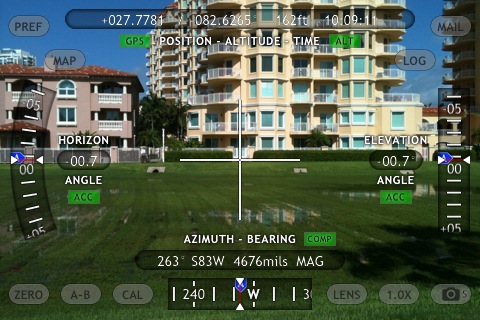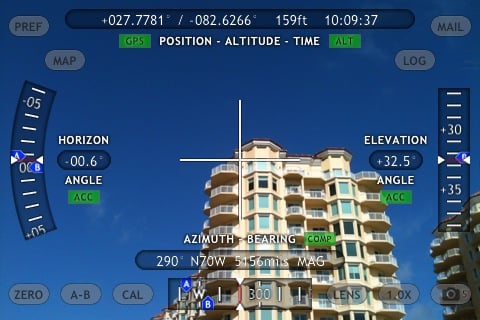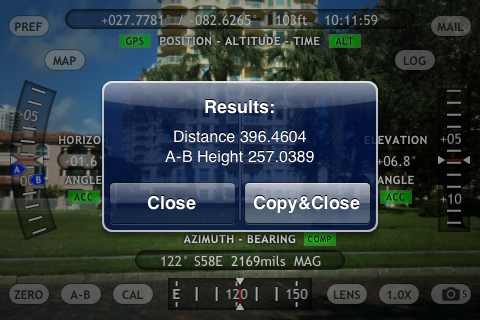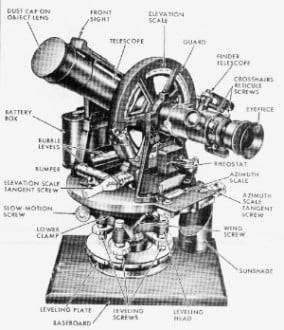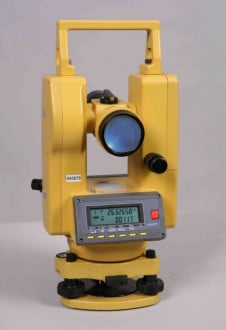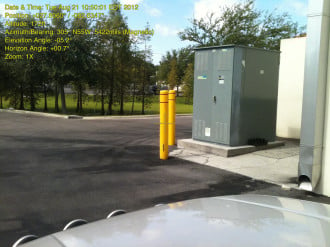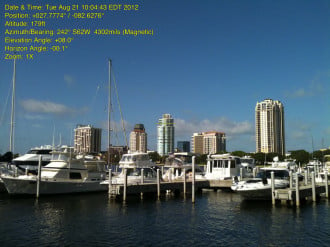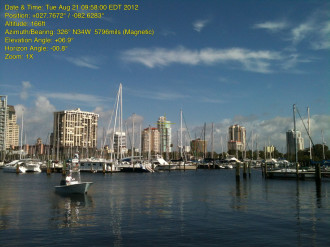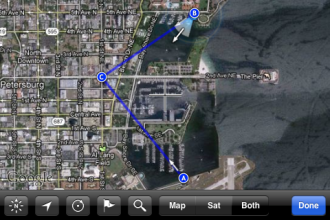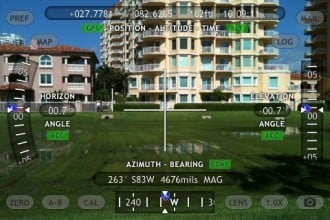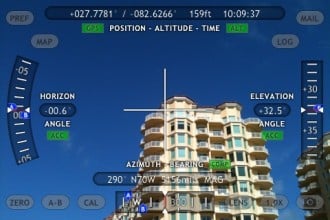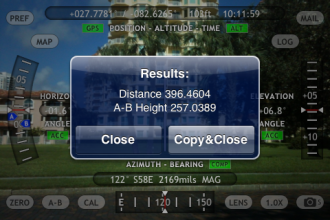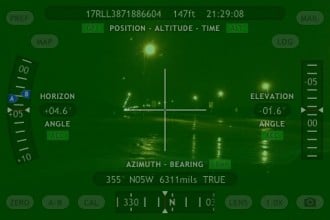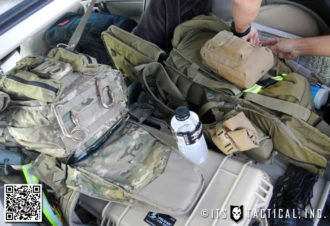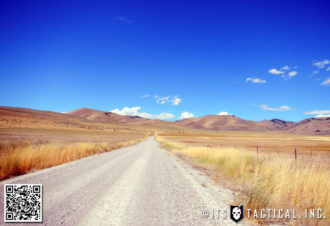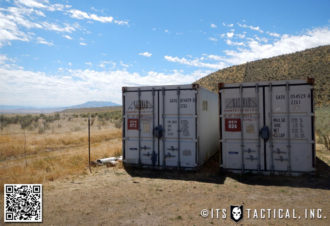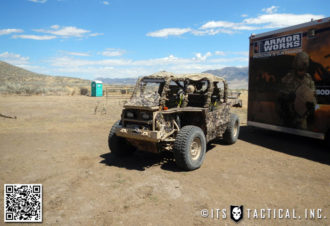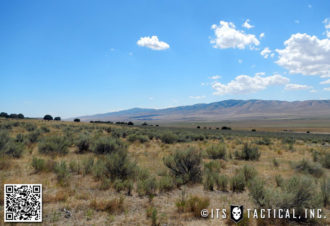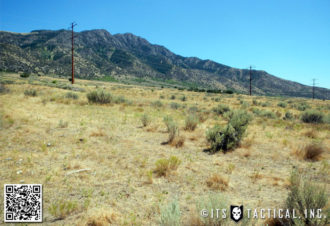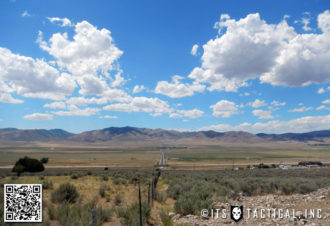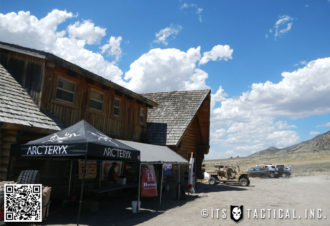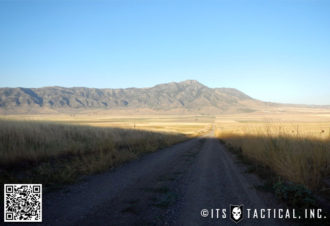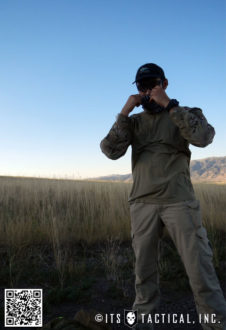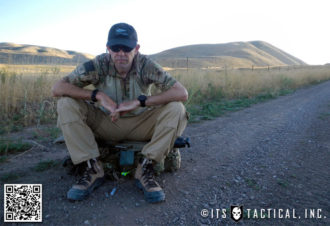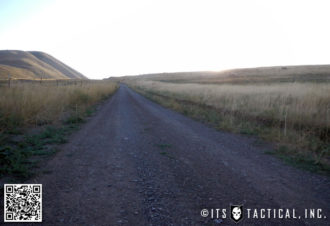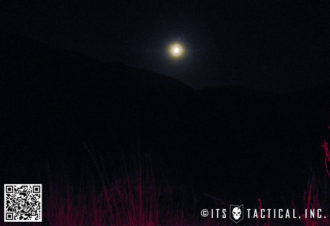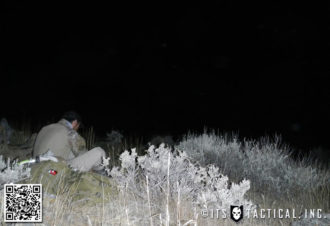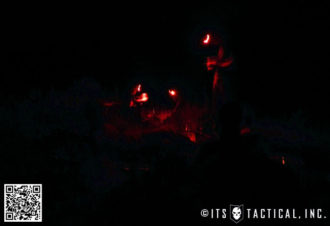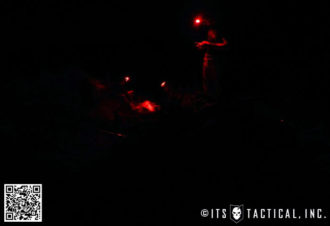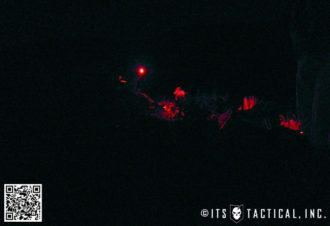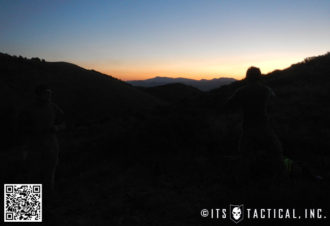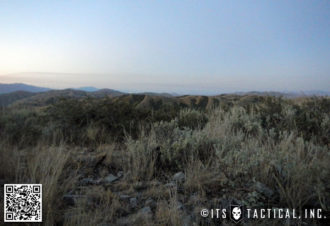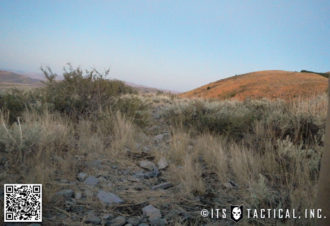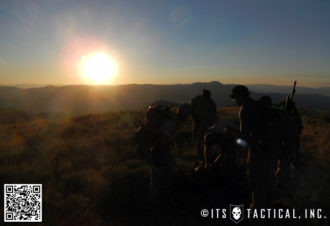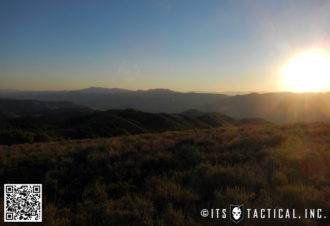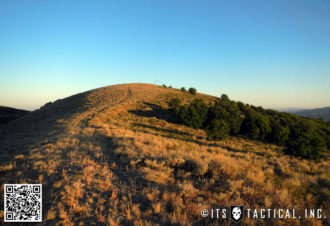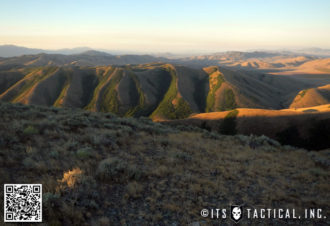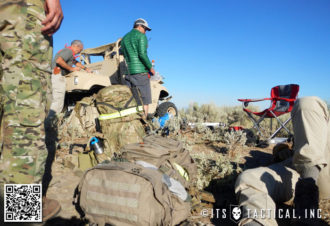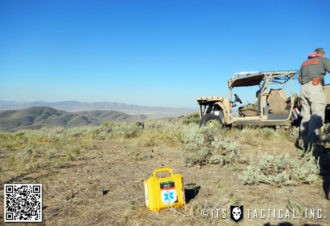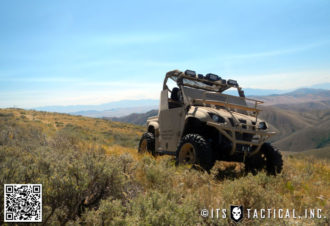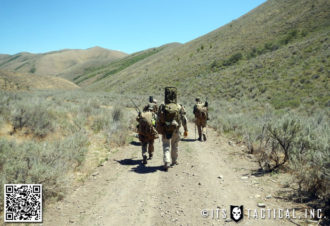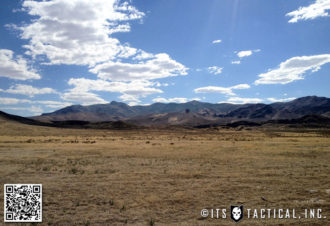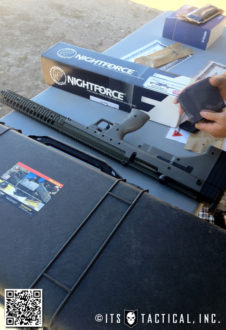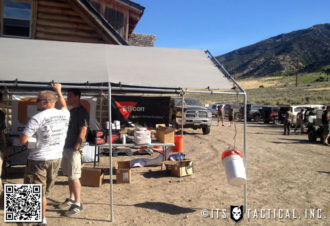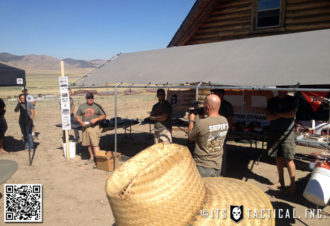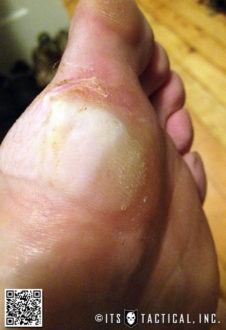
Friday, July 27th, 2012, Sniper Country Training Facility, Box Elder County, Utah
Over the course of 28 hours, spanning from July 27th through July 28th, I was a participant in Competition Dynamics’ 2012 24-Hour Sniper Adventure Challenge. The challenge was essentially an adventure race involving land navigation, fieldcraft, problem solving and practical shooting with long-range rifle, carbine and pistols.
My teammate, Bob Nugmanov and I started out at 1600HRS, Friday, with an “apparatus carry” of a large duffel bag filled with exactly 100lbs of rocks along a lengthy strip of freshly laid asphalt in Northern Utah, en route to the starting point of our trek, MCP-1 (Mandatory Checkpoint 1).
While both Bob and I have engaged in similar “apparatus carries” via the means by which we met, GORUCK Challenge 084, this was particularly difficult, in that there were only two of us to carry it and no one to swap with when we became tired. Being tired is something you get used to and it’s easy enough to push through.
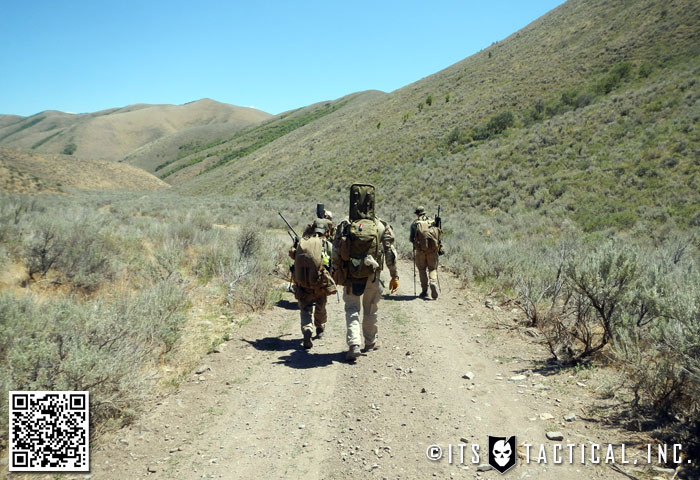
The distance we ended up carrying the bag of rocks, which was slung over a long 2×4 carried atop our shoulders, (on top of the 50+ lbs of personal gear) was about 3 miles. There was also an additional 1.1 miles to ruck without the rocks, just to get to the starting point of the race. The first challenge was a shooting challenge, requiring the bolt action rifle shooter (Bob) to engage a reasonably distant target and if that shooter missed, the carbine shooter (me) had to engage four targets at a closer distance.
The effects of the apparatus carry were, in my case at least, readily apparent on the effectiveness of my shooting and was the first of a few times I was to learn an area of weakness I need to work on. Intense physical work will have an effect on one’s shooting process, so it would be highly advantageous to drill to the level which will be an acceptable default behavior, given any level of physical activity prior to, or during, shooting.
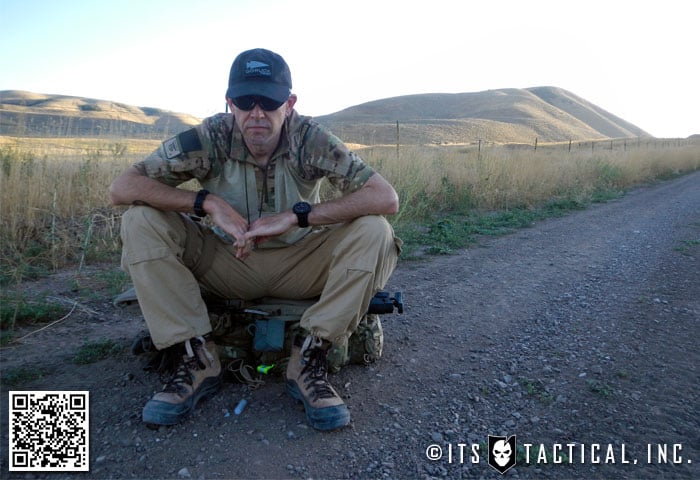
For this challenge, my firearms loadout consisted of a Glock G19 (9mm) semi-automatic pistol and an AR-15, (scary black rifle, for which no sporting purpose exists) equipped with a Larue LT-01 upper, PRS stock, Harris short bipod, grip-stop on the lower rails, and an SWFA scope. I’m prone to putting way too much crap on my AR-15s, as I’m a gear addict with no real responsibilities, but prior to this challenge, I removed all the bells and whistles I figured I wouldn’t need on this in order to strip the weight down as much as possible.
Lasers: off. Lights: off. Fore grip: off. BUIS: off. Still, with a 20” barrel, the rifle weighed in quite a bit heavier than ideal, so another lesson learned would be to go with a smaller barrel, as ultimately, the longest shots I would have to take would be 500 yards. Further, while the SWFA scope is nice, it’s also really long and almost needs to be mounted forward of the upper assembly for proper function of the charging handle.
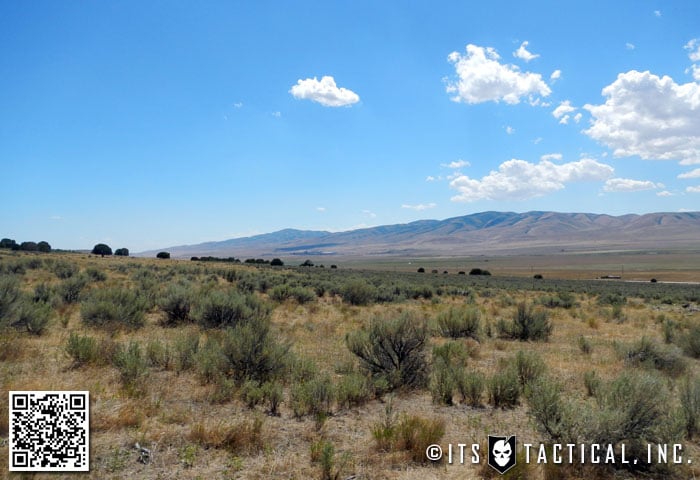
Because this event was held in Utah, not my home state of the People’s Republic of California, I used the opportunity to purchase, (out of state, of course) two 30-round magazines and two 20-round magazines. As we had to carry our ammo in magazines, this would allow me to carry fewer magazines and slightly reduce the weight and space used.
In retrospect, the 30-round magazines were a mistake. In the prone position, the 30-round magazine got in the way of rifle movement and was more of a pain in the ass than anything else. The 20-round mags worked fine and I definitely should have just gone with five of those instead. When the contest was over, I gave my magazines away, as the State of California would frown upon me bringing said magazines home since they’re such an obvious instruments of mass destruction.

Another lesson learned is that nighttime land navigation by map and compass is no joke. I guess I knew that before, but I learned it again and hopefully more permanently. Some time after MCP-1, Bob and I ran into a couple of people he knew, Bryan, Brett and a few people they knew, Riley and Jayden. Along the trail to MCP-2, we all ended up joining forces and sticking together as a team, each man contributing to the effort.
As the sun disappeared, we marched further into the valley and up onto a series of ridges in pursuit of MCP-2. We had to take a number of breaks and feet issues were addressed with excellent care by Bryan, without whom I would likely still be limping today. Sometimes we headed further up hills in order to relay messages to control from downed or injured teams near us in the valley. We moved steadily through the night, taking reorientation breaks and slowly dwindling our collective water supply over time.
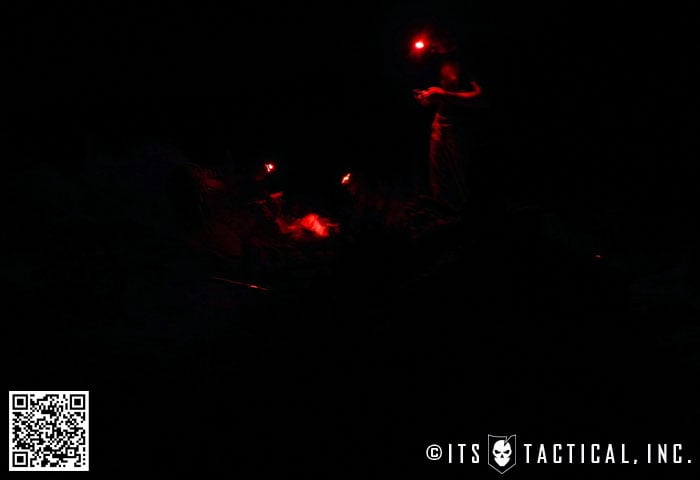
Around sunrise, I recall our decision to wait it out, then re-orient once again with the full benefit of sunlight, which is what led us to our ultimate destination, MCP-2 (along with a couple of Bonus Checkpoints hit along that path). That 20 minute nap was probably the deepest twenty minute nap I’ve ever taken, thanks to the Wild Things Gear poncho I had packed in a side pouch. Its surprising how cold you can get when you’re sweaty, in the shade and in the wind.
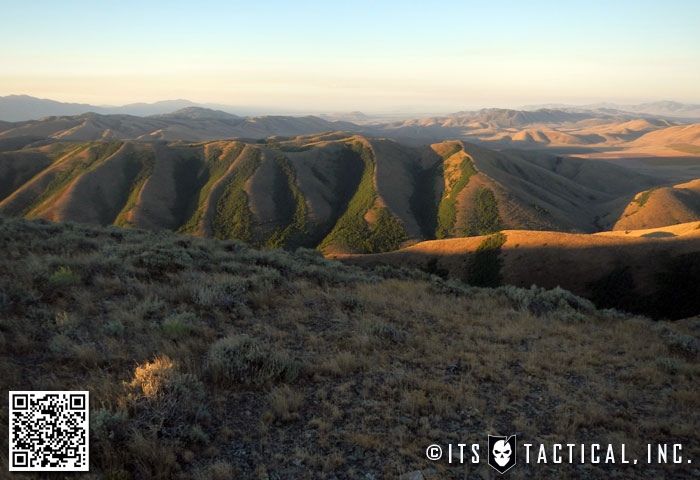
When we made it to MCP-2, there was a communications issue that resulted in us having to sit around during prime morning movement hours (read: not too hot yet), but we used that time to hydrate like crazy, redress wounds and gather strength. Now’s probably a good time to point out one technical difficulty the challenge had; comms were unreliable between the back of the range and control. This is to be expected, to some degree, but could possibly be mitigated by comms relay stations in between the extreme ends of the course. Then again, I’ve never run anything remotely like this, so by no means do I mean to pretend otherwise in offering advice; just that improved comms between control and the rest of the stationary checkpoints would probably be beneficial.
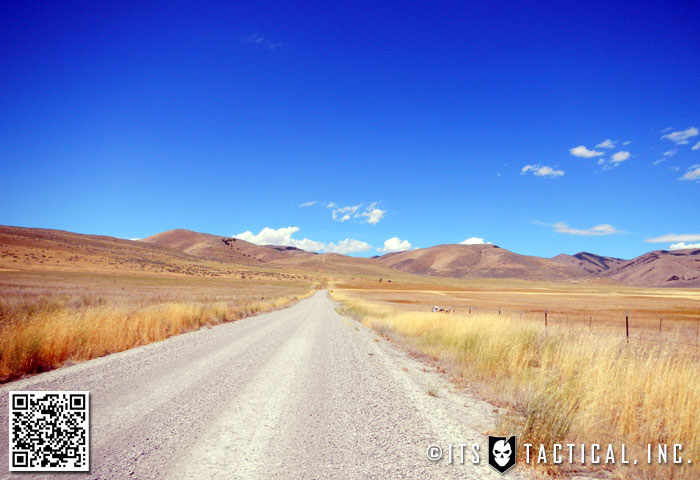
As the day progressed, we did a bit more climbing, followed by a great deal of descending towards checkpoint eight. Somewhere along that descent, I cracked my left big toenail in half and while it sounds painful, it was actually a bit of a gift. It gave me something other than the blister pain to concentrate on. Eventually, we made it the rest of the way down to Broad Valley Road and began the long hike amongst checkpoints on our way to the end of the course.
We were all tired, dehydrated and sluggish, but we kept a pretty good pace. Again, this was in no small part due to the bond you develop as a team in adverse circumstances. There were times when we were all just quietly marching along in the heat, suffering in silence. Breaks in available shade made this a little less overbearing, though the sun was brutal and seemingly always right at our backs.
On the way out, we faced mental, physical and shooting challenges. The bucket challenge, SERE and codebreaking challenges (which Bob and I opted out of, preferring to lie in the sun for a while before deciding to split off from the main team before meeting back up at the final shooting challenge). The almost-final challenge was a pistols/carbine/bolt gun challenge in which my teammate Bob did staggeringly well, barely missing a single shot. I missed like crazy, due partially to a moved optic, partially to wind and overwhelmingly to my failure to perform under stressful conditions. This is likely the big take-home for me: I may be comfortable shooting in stressful positions and circumstances with my Remington 700P, but this experience does not translate itself to carbine shooting under similar circumstances, nor will it until I’ve trained the weakness out of my routines. I know what I need to work on, I just have to get that work done this coming year.
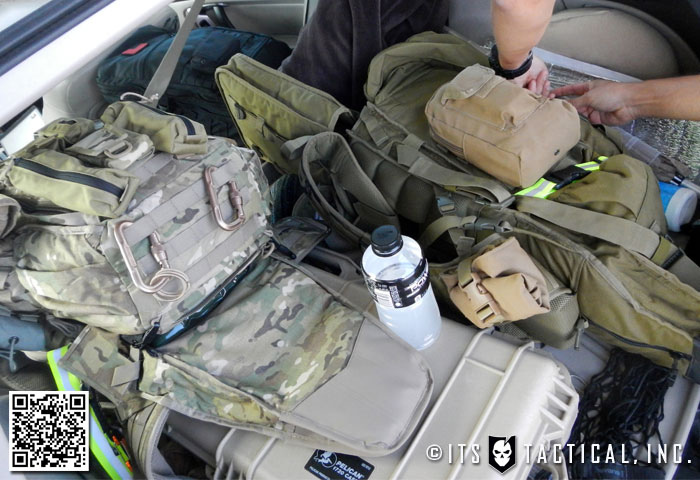
I also learned a lot about gear during this challenge and in particular, my own tendency to overpack and over-think. After waiting a full week to unpack, I sorted my gear into three piles: things that were required and on the list, things that weren’t required, but were useful to have and things that weren’t required and ended up not being needed at all. Guess which pile was the biggest?
Amongst the things that I didn’t need to bring were binoculars, a beanbag, 30-round magazines (20 is the limit for prone usefulness), e-tool pouch (hell, tons of nylon I had was overkill; just because I have a pouch for something, doesn’t mean that bringing it was the right thing to do), multiple map-holding devices, 3x as many batteries as needed, too much paracord, larger than necessary ear protection, toilet paper, cleaning cloths, drop-leg holster, chest rig (more chafing for negligible gain) and a spork. Seriously, what the hell did I plan on doing with the spork? Admittedly, a number of these items weighed next to nothing, alone. But next to nothing times 20 = next to something and it all adds up.
There were also items that I probably should have brought instead. One that immediately comes to mind is the Yates ladder I’ve got in my emergency bugout bag. It weighs very little, and could have come in handy a number of times, particularly at the very end.
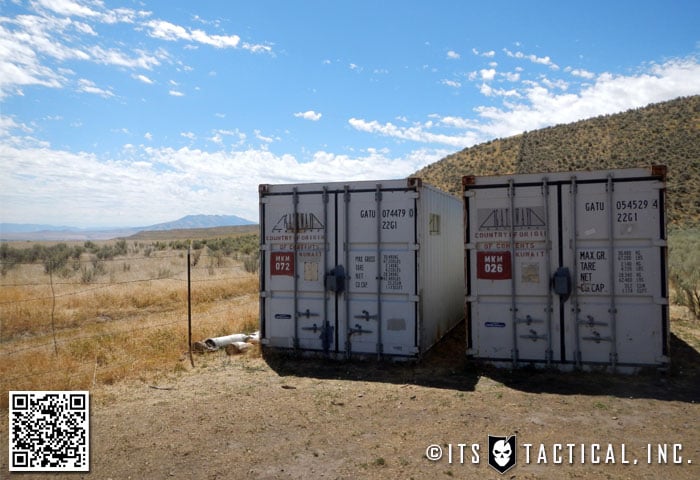
I’ve already begun populating a notebook with gear notes from this challenge, whether or not I end up doing this again. If asked if I would do this again on the day after it was over, I would probably have said no, but the further I get from blistered feet and dehydrated hallucinations of man-made structures amongst natural slate piles, the more drawn to the idea I am. I hope some of the lessons I learned this time I don’t have to relearn next time.
I want to take this opportunity to thank the people that created this competition and all of the support people involved, medical, range officer, or otherwise; it was a blast. Also, thank you to all of the other participants that I met and competed with. Most importantly, I want to thank my teammates Bob, Brett, Bryan, Riley, and Jayden; without you guys I would not have had the will to make it through this thing, much less the skin left on my feet to make it happen. It was an honor to live through this with each of you.
View all photos from this event on Flickr
Editor-in-Chief’s Note: Please join us in welcoming Matthew Sharp as a contributor on ITS Tactical. Matthew is a Plank Owner and Life Member at ITS and goes by the username “viator.” He lives in The People’s Republic of Northern California and enjoys long range shooting, carrying heavy objects great distances and fuzzy little puppies.
